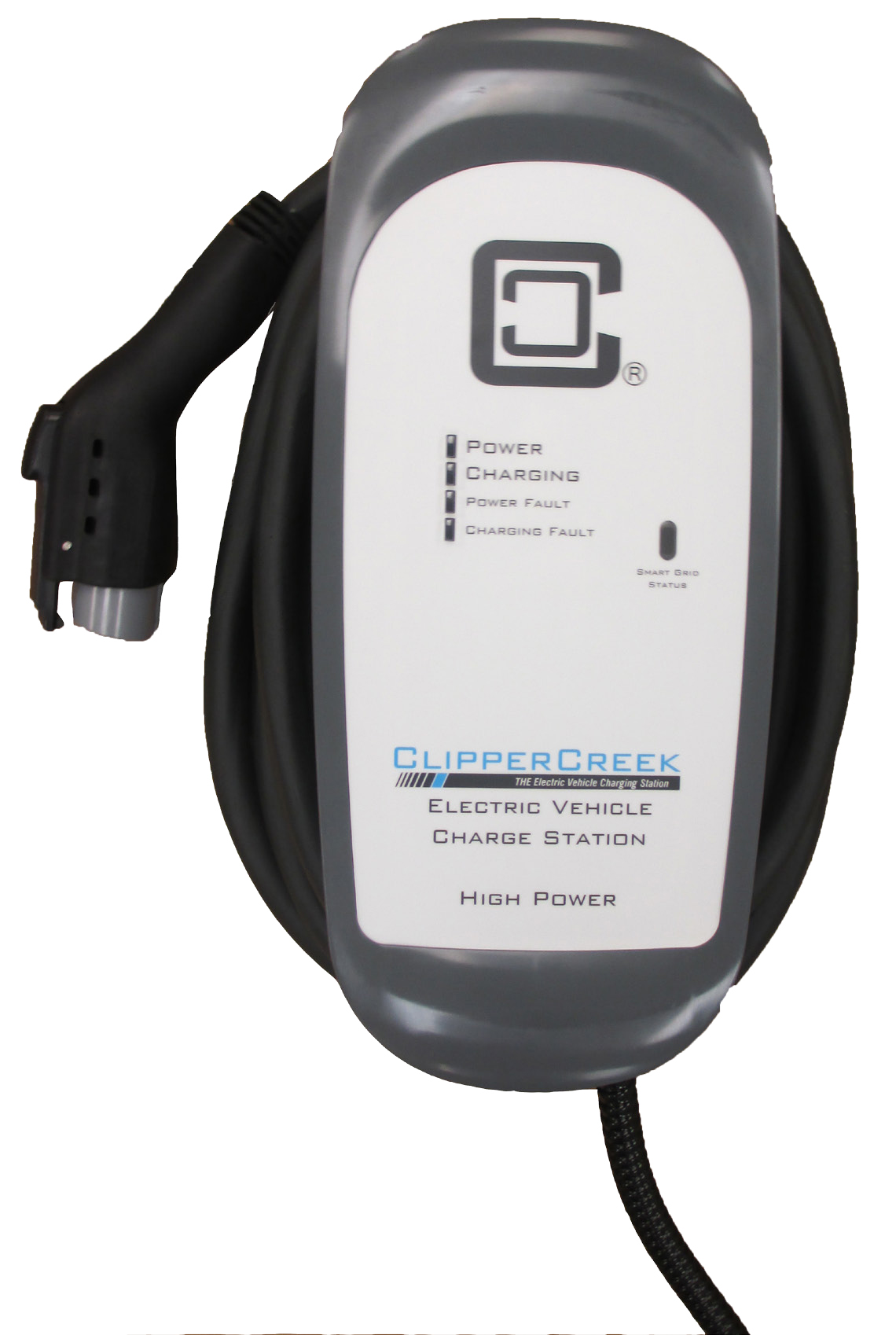In the last episode of “Ask This Old House” electrician Scott Caron helps a homeowner install an electric vehicle charger next to his house. The charging station of choice is the Clipper Creek HCS-40 with a hardwire connection. Our EV expert Tom Moloughney has also installed a Clipper Creek unit in his garage.
The video speaks to those that are not electricians or have much experience with wiring, taking us through the basics of the things needed to install the station, all the way to the actual installation and mounting. As Tom explained in a previous post, the proper name for these devices is EVSE, for Electric Vehicle Supply Equipment. It’s very common to call them “charging stations” and BMW calls their home charging solution a “Wallbox.” Calling them a “charger” isn’t technically correct though, because they don’t really charge the car. The actual charging equipment is built directly into the cars. These devices only supply electricity to the charger that is built into the car. There are very few differences in these devices, regardless of what they are called. They all do the same thing, and that is to supply electricity to allow you to safely charge your electric car.
Most experts recommend to future-proof your garage and choose a charging unit with at least 40 amps. A 40 amp station will deliver up to 9.6kWs, which should be more than adequate for home charging of just about any EV for the foreseeable future. For example, the i3 comes standard in the US with a 7.4kW charging rate, while the i8 has a 3.7 kWs rate.
Click here to see the video and visit ClipperCreek.com for more info.






































































